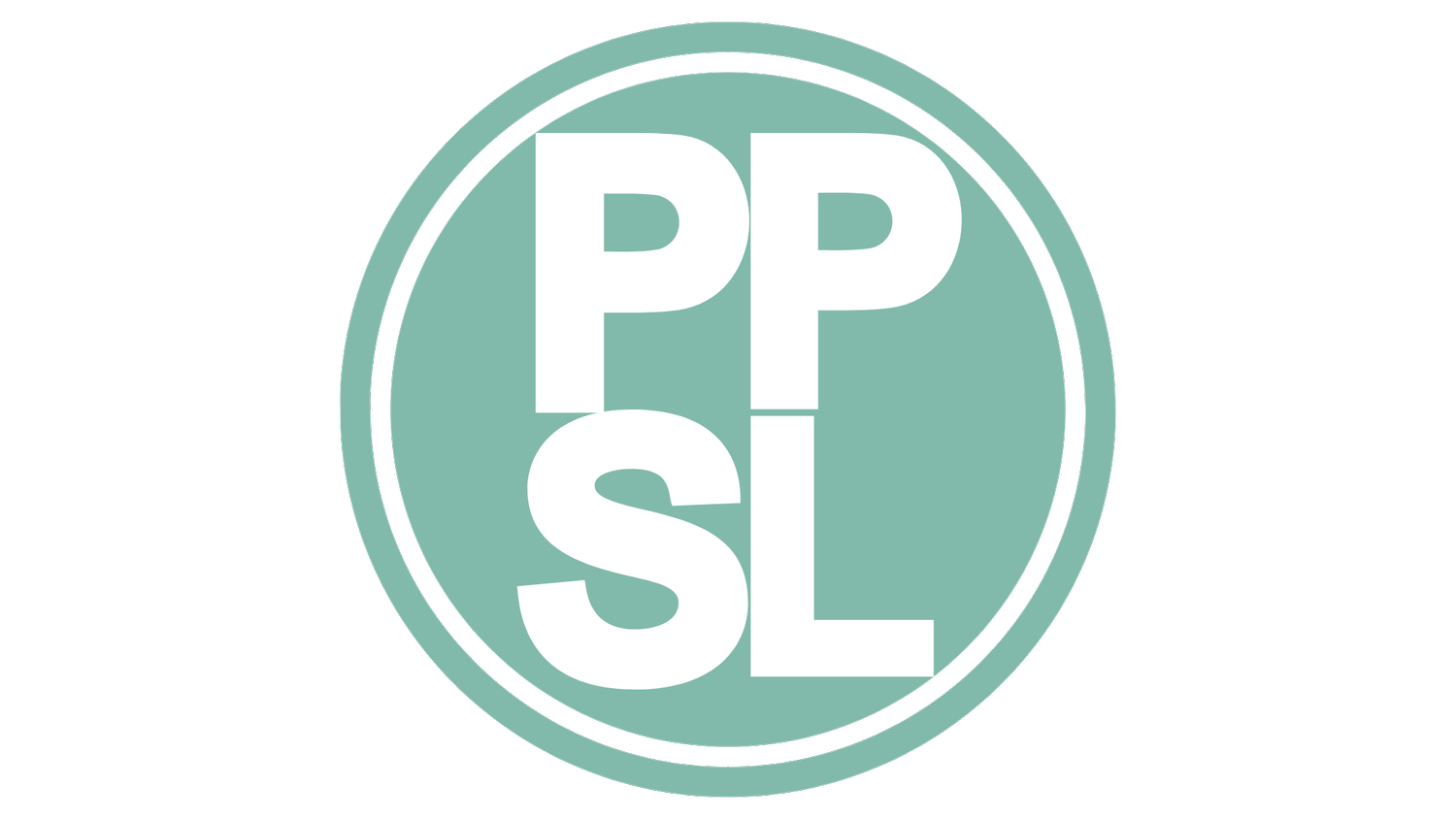Department of Education’s Borrower Defense Includes Fundamental Lie, Documents Show | Press Release
Department Urged To Withdraw Its Proposed Rule And Begin New Public Process Using Accurate Information
To read the Project’s comment and the Department’s documents, click here. BOSTON – The new Borrower Defense Rule proposed by the Department of Education last week is based on a lie, recently published documents have shown.In a comment with supporting documentation submitted today to the Department of Education, the Project on Predatory Student Lending pointed out that Department documents, previously obtained in the Project’s cases and via Freedom of Information Requests, show that the Department’s Notice of Proposed Rulemaking lies about how it has historically interpreted the Borrower Defense Rule, and that this lie infects the Department’s estimates of how much the rule will cost.“We are used to the Department of Education being intellectually dishonest in their decisions, but this is just outright dishonest,” said Eileen Connor, Director of Litigation for the Project on Predatory Student Lending at the Legal Services Center of Harvard Law School. “The public cannot be expected to comment on these rules when they are based on utter falsehoods and intentionally faulty calculations. The Department should rescind this proposed rule immediately and start over based on accurate information.”First promulgated in 1994, the original Borrower Defense regulation says that borrowers are eligible for discharge of federal student loans if their school violated their rights under state law. Under its latest proposed rule, the Department is considering allowing only borrowers who had defaulted on their loans and were being threatened with wage garnishment, tax refund offset, or other extreme forms of collection to assert borrower defenses. The Department’s proposal says that this restrictive interpretation is how the Department had interpreted the rule between 1994 and 2015, when it claims the Obama administration reinterpreted it to provide for “affirmative claims.”The Department’s own records prove that this is false. Documents show that in 2015, the Department affirmed, rather than changed, its long-standing interpretation that borrowers may seek loan cancellation based on school misconduct at any time, whether in repayment, forbearance, or default. Documents from the Department's Office of General Counsel show that this was the case at least as far back as 2000.“Agencies are legally obligated to give the public a meaningful opportunity to comment on proposed rules. A comment process isn’t meaningful if the agency mischaracterizes what it’s planning to do and how that plan differs from the agency’s prior practices. This proposal should be withdrawn—if not permanently, then at least until the Department of Education can prepare an honest assessment of the new rule’s costs and benefits,” said Jack Lienke, Regulatory Policy Director, Institute for Policy Integrity at New York University School of Law.The emails were published by the Project on Predatory Student Lending in an initial public comment on the rule, which was also submitted to the Office of Management and Budget’s Office of Information and Regulatory Affairs.About the Project on Predatory Student LendingEstablished in 2012, the Project on Predatory Student Lending represents former students of predatory for-profit colleges. Its mission is to litigate to make it legally and financially impossible for federally-funded predatory schools to cheat students and taxpayers.The Project has brought a wide variety of cases on behalf of former students of for-profit colleges. It has sued the federal Department of Education for its failures to meet its legal obligation to police this industry and stop the perpetration and collection of fraudulent student loan debt.###
